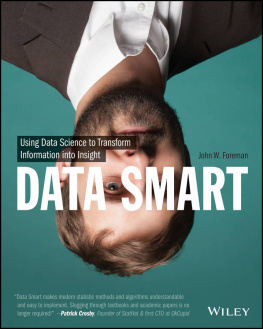BIG DATA FOR
A SUSTAINABLE
SMART CITY
DR. REHANA KA SSIM

Copyright 2021 by Dr. Rehana Kassim.
ISBN: | Hardcover | 978-1-5437-6686-8 |
Softcover | 978-1-5437-6687-5 |
eBook | 978-1-5437-6685-1 |
All rights reserved. No part of this book may be used or reproduced by any means, graphic, electronic, or mechanical, including photocopying, recording, taping or by any information storage retrieval system without the written permission of the author except in the case of brief quotations embodied in critical articles and reviews.
Because of the dynamic nature of the Internet, any web addresses or links contained in this book may have changed since publication and may no longer be valid. The views expressed in this work are solely those of the author and do not necessarily reflect the views of the publisher, and the publisher hereby disclaims any responsibility for them.
www.partridgepublishing.com/singapore
CONTENTS
Urbanisation is a dynamic process that consistently changes the political, social, and economic landscape of an area. A rapid rise in urbanisation presents numerous challenges, such as inadequate supply of water, power, unreliable transport, restricted access to medical needs, and other environmental pressure. For urbanisation to be successful, cities need to be sustainable. In order for cities to better manage their dwellers, data on urbanisation is highly essential. Unfortunately, this data is not always available, or in case it is available, it is not well used or not easily access ible.
Data generated by smart city activities is a big data. It is embedded in the smart city information managing system and is defined by the five V s: volume, variety, velocity, veracity, and value. A smart city collects big data with the use of current and emerging technologies (IoT devices, sensors, distributed ledger technology, and blockchain). The use of big data does not show its full potential until an analysis is carried out using big data analytics, which will determine the critical business insights for the benefit and sustenance of the smart city. This is to value-add and improve the performance of the smart city services like health, transportation, education, and energy usage, which leads to higher levels of comfort for their commu nity.
Another value-added feature for a smart city is the inclusion of the United Nations Sustainable Development Goals (SDG), where it is leveraged to a sustainable smart city status. There are seventeen interrelated goals of SDG that provide a guided and meaningful direction for the city to move forward towards 2030. It will require a collaborative effort to align the smart city activities and businesses to achieve its goals of contributing to the economic, social, and environmental development in a positive way. The use of big data and the inclusion of UNs Sustainable Development Goals will add value and increase the return on investment (ROI) in the development of the smart city.
This book comprised three parts: Part 1 (consisting of two chapters), Part 2 (consisting of three chapters), and Part 3 (consisting of Chapter 6, the last chapter). The first chapter of Part 1 covers urbanisation and migration in line with the UN Agenda 2030. This is followed by the inclusion of the seventeen Sustainable Development Goals, which are categorised by the three pillars of sustainability. The journey towards a smart city status and their services are described for smart cities in Malaysia as well as other smart cities around the w orld.
Part 2 consists of three chapters, focusing on big data with sustainability of a smart city, the process, and finally, the storage. The chapter covers the role of big data in a sustainable smart city, for instance, smart infrastructure, smart transportation, and smart healthcare. The process of bridging the big data to business intelligence is covered in the following chapter with the discussion on distributed ledger technology and blockchain that is being used to store and secure the big data in a sustainable smart city.
The final part of the book touches on several issues and challenges on the implementation of these latest technologies (big data analytics and distributed ledger technology), including the issues of self-service culture, virtual governance, and disruptive technology harmonisation. The book concludes with concerns that society will face in tandem with the concept of Society 5.0 as a continuation of technocentric IR 4.0 growth and a hope for a successful sustainable smart city.
PART
I
Urbanisation and Migra tion
Urbanisation is a dynamic process that consistently changes the political, social, and economic landscape of an area. Status quo resource distribution or age-old practices may be at odds with the new norm, process, or demand, resulting in conflicts and scarcity of resourcesa situation no government wants to face. Realising the impact of urbanisation to the world, United Nations (UN) has endorsed the New Urban Agenda (NUA) at its plenary meeting on 23 December 2016. The NUA is an urbanisation action blueprint for all cities and their stakeholders to implement, in support of the UN 2030 Agenda for Sustainable Development, especially in making cities inclusive, safe, resilient, and sustain able.
As urbanisation provides new jobs and new opportunities for millions of people in the world, the growth adds pressure to the resource base and increases demand for energy, water, and sanitation, as well as for public services, education, and healthcare. A rapid rise in urbanisation presents numerous challenges, such as the inadequate supply of water power, unreliable transport, restricted access to medical needs, and other environmental pressure. Urbanisation needs to be sustainable for it to be successful; hence, this justifies the NUA classification as part of the sustainable development ag enda.
A consistent approach is needed to measure urbanisation activities. According to the World Bank (2015), the standard measurement will act as the key process of analytics towards ending serious poverty problems and boosting shared wealth. The World Bank strongly believes that given good measurement and management, urban areas will be places where millions of East Asians have the chance to leave serious poverty behind and live in a prosperous environ ment.
According to the World Bank Group (2015), Malaysia is amongst the more urbanised nations of East Asia, and its urban population continues to increase rapidly. Urbanice Malaysia , an urban think-tank organisation, is in the opinion that urban solutions are needed in the area s of:
governance struc ture
social inclu sion
spatial develop ment
urban prospe rity
sustainable environ ment.
In terms of governance structure , Urbanice Malaysia recommends solutions that need to be devised so that NUA is to be realised in the form of participatory urban policies. Urban strategies and plans must be integrated together with regulatory frameworks with financial and transparency processes to be in place. In a social inclusion s olution, Urbanice Malaysia seeks to ensure that development protects the planet and enables all inhabitants, whether living in normal or informal settlements, to lead decent, dignified, and rewarding lives and to achieve their full human poten tial.
In the same spirit, solutions in the element of spatial development must include the balance between territorial development and sustainability by supporting a comprehensive chain, facilitating industry, trade, and right to the farmers and fishermen in the value chain. Urbanice Malaysia also emphasises the need for solutions in urban prosperity where urban development should produce a sustainable environment so that people can live in a healthy, productive, and prosperous environment. Finally, the last area highlighted by Urbanice Malaysia is the need for solutions to a sustainable environment . The typical problems encountered during urbanisationsuch as pollution, climate change, natural and man-made disasters, loss of biodiversity, and pressure on ecosystemsneed to be solved in order for us to have sustainable gr owth.
Next page
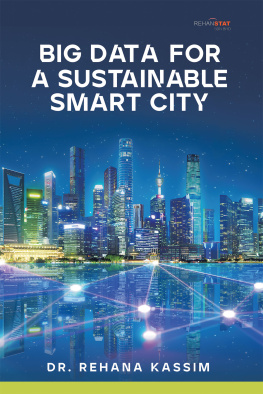
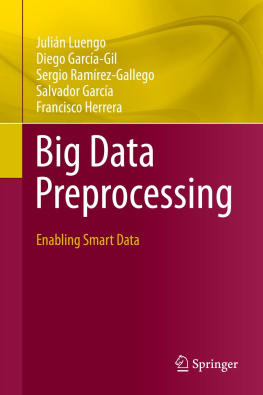

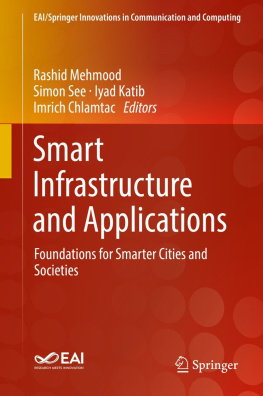
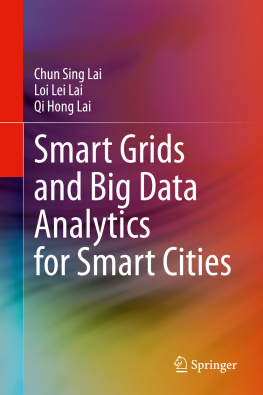
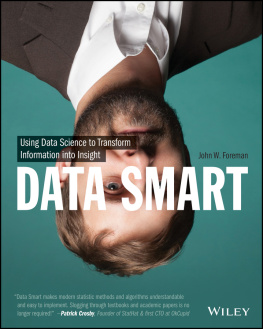
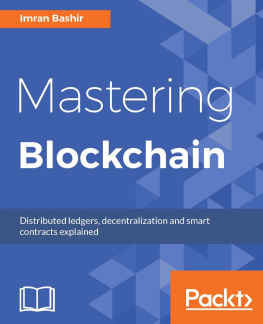
![Imran Bashir [Imran Bashir] - Mastering Blockchain - Master the theoretical and technical foundations of Blockchain technology and explore future of Blockchain technology](/uploads/posts/book/119698/thumbs/imran-bashir-imran-bashir-mastering-blockchain.jpg)
